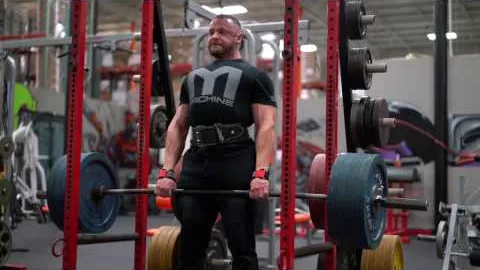
The rack deadlift is a highly effective strength training exercise that targets the muscles in the lower back, glutes, hamstrings, and quadriceps. It is a variation of the traditional deadlift, where the barbell is elevated on a rack instead of being lifted from the ground. This exercise is widely popular among powerlifters and strength athletes due to its ability to develop raw strength and power. In this article, we will explore the benefits, proper technique, and variations of the rack deadlift exercise.
To perform the rack deadlift correctly and safely, follow these steps:
There are several variations of the rack deadlift that you can incorporate into your training routine to further challenge your muscles and provide variety:
Incorporating these variations into your training can provide new challenges, prevent plateaus, and stimulate muscle growth.
The rack deadlift is a highly effective exercise for building strength and power in the lower body. With its ability to target multiple muscle groups and improve functional strength, it is a valuable addition to any strength training routine. By following proper technique and incorporating variations, you can continue to challenge your muscles and achieve optimal results. So, grab the bar and start deadlifting your way to a stronger and more powerful physique!
If you're looking for a gym, fitness club or yoga studio, you've come to the right place.
You can find information about gyms in your area. Browse catalog of gyms and find gyms with classes which are you looking for.
On gym page you can find simple information like address, phone or website. You can find list of available classes. You can check availability of personal training or small group classes. On place page you can also see information about open hours.
You can find gyms near you with amenities, courts, studios and equipments.
Use our map to find gym at your city or district.
In Gym Navigator you can find list of exercises with movies for many body parts.
You can browse exercises catalog and find exercises the best of you.
You can also find exercises grouped into workout plans, which you can use to improve you body. Each routine show you exercises one by one and give you possibility to count you progress and count down rest time.